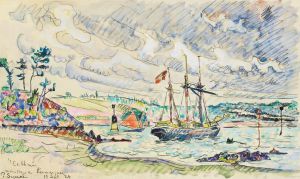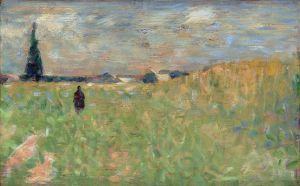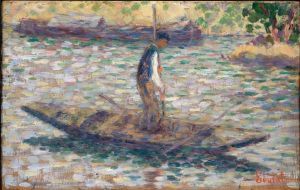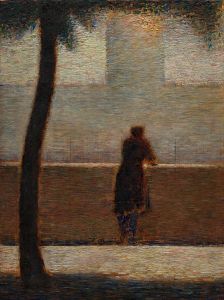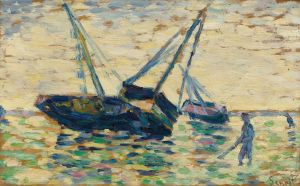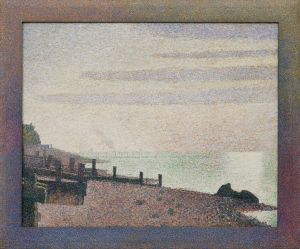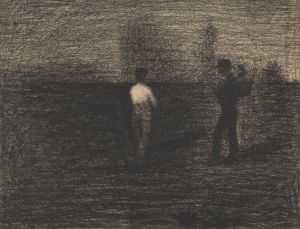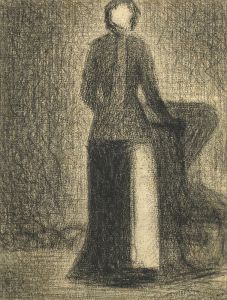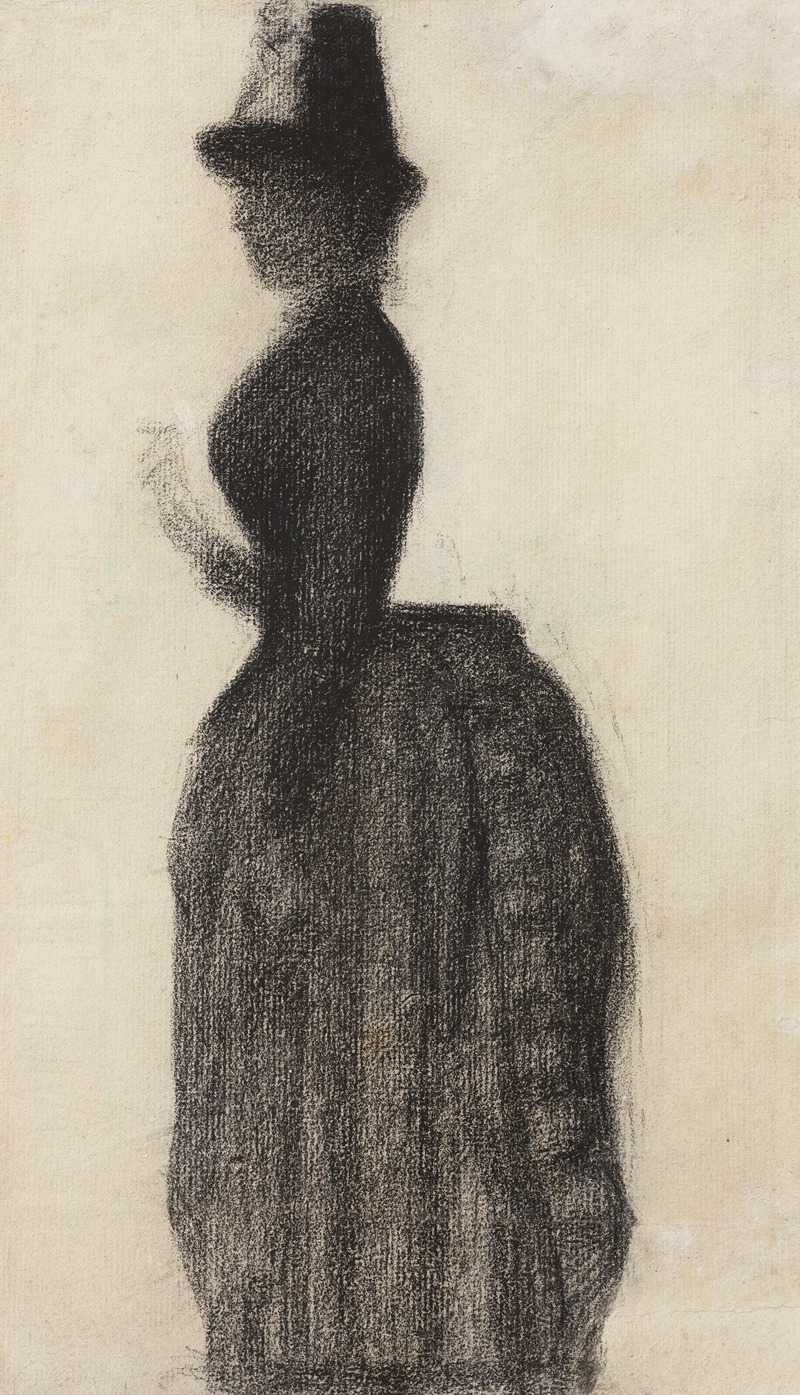
Femme debout, en toilette de ville
A hand-painted replica of Georges Seurat’s masterpiece Femme debout, en toilette de ville, meticulously crafted by professional artists to capture the true essence of the original. Each piece is created with museum-quality canvas and rare mineral pigments, carefully painted by experienced artists with delicate brushstrokes and rich, layered colors to perfectly recreate the texture of the original artwork. Unlike machine-printed reproductions, this hand-painted version brings the painting to life, infused with the artist’s emotions and skill in every stroke. Whether for personal collection or home decoration, it instantly elevates the artistic atmosphere of any space.
"Femme debout, en toilette de ville" is a painting by the renowned French artist Georges Seurat, who is best known for pioneering the technique known as Pointillism. Seurat was a key figure in the post-Impressionist movement, and his innovative methods had a significant impact on the development of modern art.
Georges Seurat was born on December 2, 1859, in Paris, France. He studied at the École des Beaux-Arts in Paris, where he was trained in the traditional techniques of academic art. However, Seurat soon became interested in exploring new approaches to painting. He was particularly fascinated by the science of color and the optical effects of light, which led him to develop Pointillism, a technique that involves applying small, distinct dots of color to a canvas in patterns to form an image.
"Femme debout, en toilette de ville" translates to "Woman Standing, in a City Dress." This work exemplifies Seurat's interest in capturing modern life and the urban environment, themes that were prevalent in his oeuvre. While specific details about this particular painting are limited, it is consistent with Seurat's focus on depicting figures in contemporary settings, often highlighting the fashion and social customs of the time.
Seurat's technique in "Femme debout, en toilette de ville" would have involved the meticulous application of tiny dots of paint, which, when viewed from a distance, blend together to create a cohesive image. This method was not only innovative but also required a great deal of patience and precision. Seurat's approach was influenced by scientific theories of color and perception, particularly the work of Michel Eugène Chevreul and Ogden Rood, who studied the optical effects of juxtaposed colors.
Throughout his career, Seurat was interested in the interplay between light and shadow, and how these elements could be represented through color. His works often feature a harmonious balance of hues, carefully calculated to achieve the desired visual effect. This scientific approach to art-making set Seurat apart from his contemporaries and established him as a leading figure in the Neo-Impressionist movement.
Seurat's most famous work, "A Sunday Afternoon on the Island of La Grande Jatte," completed in 1886, is a prime example of his Pointillist technique and thematic focus. While "Femme debout, en toilette de ville" may not be as widely recognized, it nonetheless contributes to our understanding of Seurat's artistic vision and his exploration of modernity.
Georges Seurat's life was tragically short; he died on March 29, 1891, at the age of 31. Despite his brief career, Seurat's contributions to the art world were profound. His innovative techniques and dedication to exploring the scientific aspects of color and light have left a lasting legacy, influencing countless artists and movements that followed.
In summary, "Femme debout, en toilette de ville" is a testament to Georges Seurat's pioneering spirit and his commitment to capturing the essence of modern life through the lens of scientific inquiry and artistic innovation. While specific details about this painting may be scarce, it remains an important piece within Seurat's body of work, reflecting his unique approach to art and his enduring impact on the world of painting.





